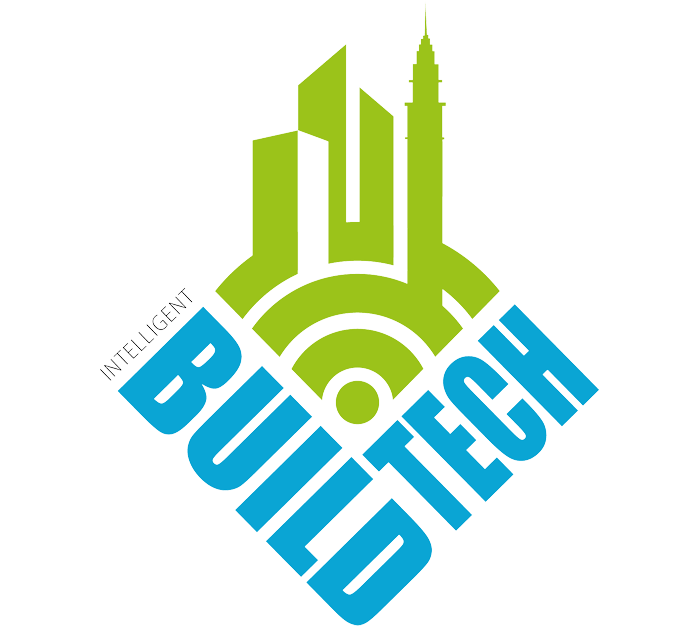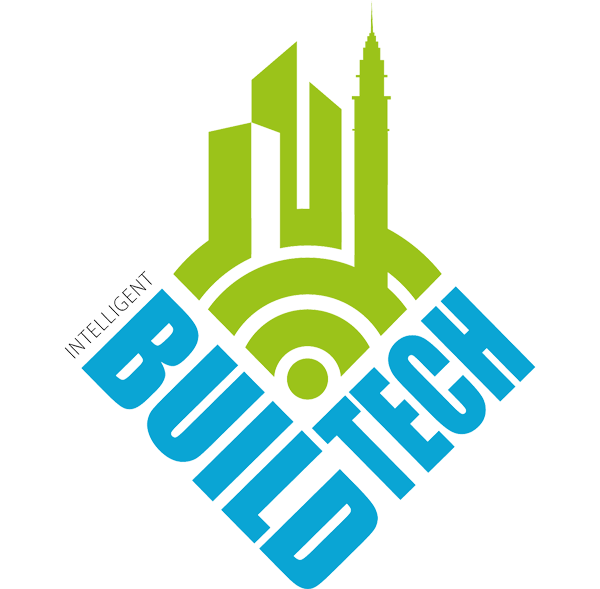This month, we ask: how has digital technology permanently transformed architectural education? To explore this timely question, we invited three leading experts to share their insights on how digital tools, platforms and approaches are reshaping the way architecture is taught, learned and practised—now and into the future.

Dale Crawford, Executive Director at Steel Tube Institute
The integration of digital technology has permanently reshaped architectural education, expanding it far beyond traditional drafting tables and lecture halls. Today, students and professionals alike are engaging with immersive, data-driven tools that are enhancing both design literacy and real-world construction safety.
One of the most profound transformations has been the rise of artificial intelligence (AI) in applied learning environments, especially in safety education related to materials like steel. AI-enhanced tools are closing the gap between theoretical design and safe implementation in the field.
Moreover, digital twins and smart modeling platforms are allowing architectural students to collaborate with engineers and manufacturers earlier in the learning process. This interdisciplinary exposure helps future architects better understand how material limitations, manufacturing processes and field safety standards must shape their work.
We’re also seeing digital credentialing tools emerge, where online modules and AR/VR safety walkthroughs certify learners on proper handling and installation techniques of steel products. This approach not only modernises continuing education but ensures consistency in safety standards across the industry.
Ultimately, digital technology is empowering a generation of architects who are not only more fluent in design software, but who also enter the workforce with a holistic understanding of safe, sustainable and material-conscious building. At the Steel Tube Institute, we believe this shift is critical to reducing jobsite incidents and ensuring that innovation in design is matched by innovation in safety.
Dr Jin Huang, President and CEO at Ambow Education
Digital technology has permanently changed the way lessons are taught, learned and experienced even in hands-on fields like architecture.
One of the biggest shifts is the mix of physical and digital learning, often called ‘phygital’ education. With hybrid tools like HybriU, students can take part in design reviews, lectures and group projects whether they are in the classroom or joining from another location. This flexibility is especially important in architecture, where teamwork, visuals and real time feedback are essential parts of the learning process.
New technology like 3D modelling, Virtual Reality and Augmented Reality is also changing how students explore design. Instead of only building physical models, students can now walk through their projects in a virtual space. This helps them better understand space and structure and get quick feedback from teachers and classmates. Ambow’s platform brings these tools together with Artificial Intelligence to create a more interactive and practical experience, no matter where students are.
Another big change is how student progress is tracked. With smart data tools built into platforms like HybriU, teachers can see how students are using learning materials, where they are doing well and where they may need more help. This helps improve teaching and learning in real and meaningful ways.
Digital tools have also made architectural education more global. Guest speakers, industry experts and design partners can now join classes from anywhere. This gives students more chances to learn from different cultures and viewpoints, preparing them for careers around the world.
At Ambow, the goal is to combine traditional classroom experience with the power of modern learning technology. The result is a more flexible, hands on and informed way to teach and study architecture.
Digital technology is no longer just something extra in architectural education. It is now a central part of it. It is helping build a new generation of architects who are creative, skilled in technology and ready to succeed in a fast-changing world.

Alex Smith, Co-owner of Render3DQuick.com
With years of experience in 3D CAD design and a background as a certified mechanical engineering technician, I have led numerous rendering projects. This hands-on involvement in architectural visualisation and project management gives me a clear perspective on how digital technology is reshaping both education and professional practice in architecture.
The advent of digital technology has revolutionised architectural education to such an extent that there is no turning back. When I compare today’s students with those from 10 or 15 years ago, the transformation is astounding. From early design sketches to the presentation of advanced work, every stage is influenced by digital tools.
Computer-aided design software and 3D modelling programmes are now standard in classrooms, having largely replaced hand-drawn blueprints and physical models. This shift not only improves convenience but also enhances interactivity, allowing students to engage with their designs more dynamically. Real-time editing of virtual models enables immediate feedback on proportion, lighting and spatial relationships, greatly enriching the understanding of architectural concepts. Walkthroughs and immersive virtual environments make abstract ideas more tangible and accessible.
This evolution also means greater access to a wider range of materials and resources. Virtual libraries, tutorials and online forums connect learners with mentors and peers across the globe, breaking down barriers of geography and time. These networks foster collaboration and expose students to diverse styles and methodologies, pushing creative boundaries. Architectural education is no longer confined to isolated studios but now exists within international communities of critique and innovation.
Another lasting impact is the shift in how technology influences architectural problem-solving. Software for structural analysis and environmental performance now plays a key role from the earliest design phases. This allows students to weigh aesthetic aspirations against technical and environmental constraints, fostering a more holistic and sustainable approach to design. It equips them to meet the growing demands of contemporary architecture with both creativity and rigour.
In my experience overseeing thousands of rendering projects, I’ve seen how these educational changes translate into the professional sphere. Graduates now enter the workforce with practical digital skill sets that streamline workflows and improve communication between contractors and clients. They bring not only artistic vision but also technical accuracy, underpinned by their digital training.
Architectural education has moved beyond the drawing board and physical models. It has been transformed into an immersive, digitally networked experience that better prepares students for the complexity and demands of modern architectural practice.




